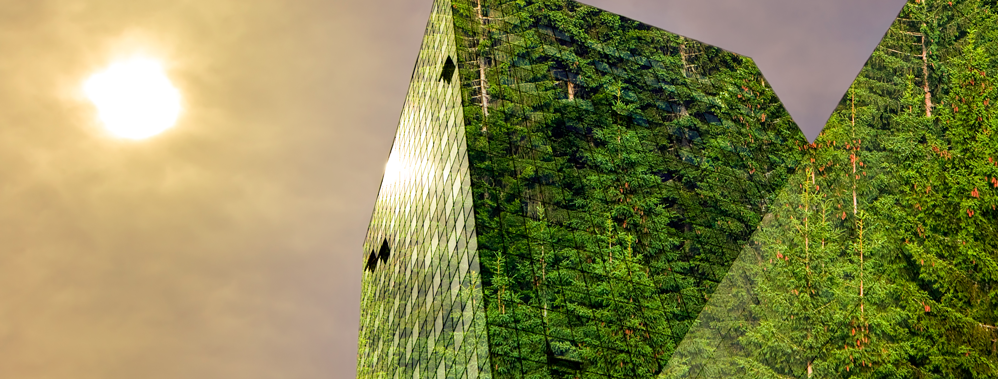Interactive, energy-efficient building design optimized for how people live
University of Toronto
Over the last decade, public interest in sustainability has triggered a surge in green building construction. However, building designs with energy-efficient spaces and less resource-intensive materials do not automatically make for people-friendly environments. Unless a green space is an enjoyable one, it is often neither fully accepted nor properly used. Ensuring buildings are friendly for both people and the environment requires two-way communication, social engagement, and personalization in the green building process.


